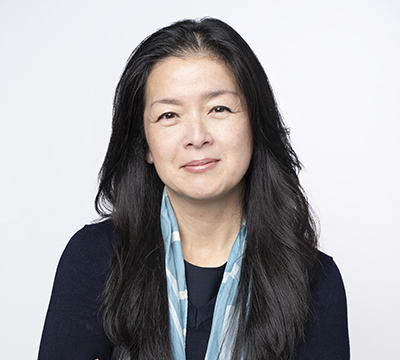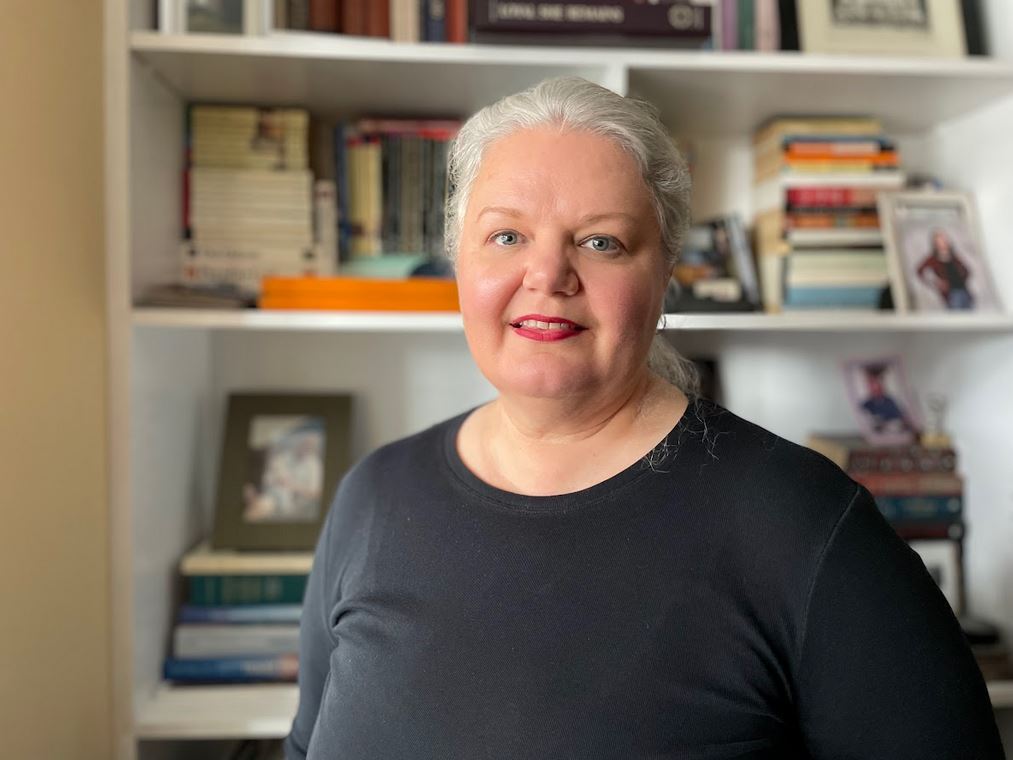
Julie: Workplace Flexibility Would Have Made All the Difference
Julie was in her late 40s, thriving in a communications role within the education field when she started having frequent migraines. She assumed that the main trigger was too much screen time and reduced time in front of her computer. She still had frequent migraines and eventually left full-time employment, believing that the screen time was primarily causing her migraines.
“I kept a log for several months to try and understand the patterns,” she said. What Julie didn’t know at the time was that more frequent or severe migraines can be a symptom of perimenopause or menopause. “I did not think of perimenopause,” she said. “Which I should have, considering my age.”
When leaving her work, she used an Employee Assistance Program, but it mostly focused on career transition. She’s since learned that a module has been added to address perimenopause and menopause. “I wish I had had access to that presentation,” she said. “It really demystifies the process and importantly, has increased communication with female colleagues about this change in our lives.”
Since leaving full-time work, Julie manages her migraines by working remotely with more control over her schedule and office environment. “I have opted for natural instead of fluorescent lighting and have adopted flexible hours to work around the migraines,” she said.
While Julie is still working with her doctor to determine the best course of treatment for the migraines and perimenopause, Julie believes things could have turned out differently with a few simple accommodations. “If there had been more flexibility at my workplace, I probably would have stayed in my position,” she said. “If I woke up with a migraine, it would have been helpful if I could adjust my schedule and worked the hours later in the day.”












